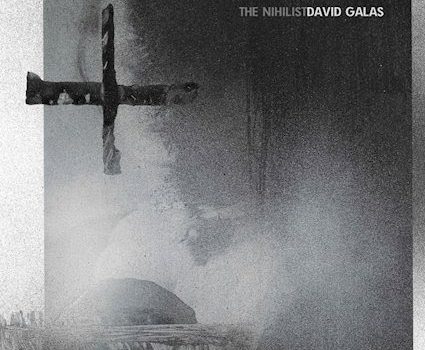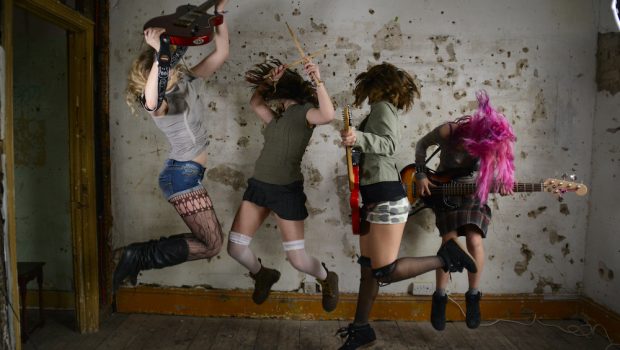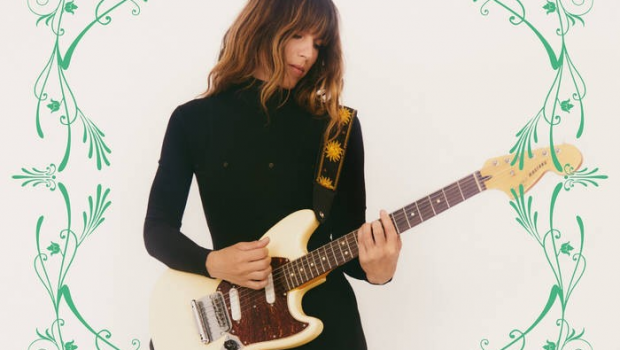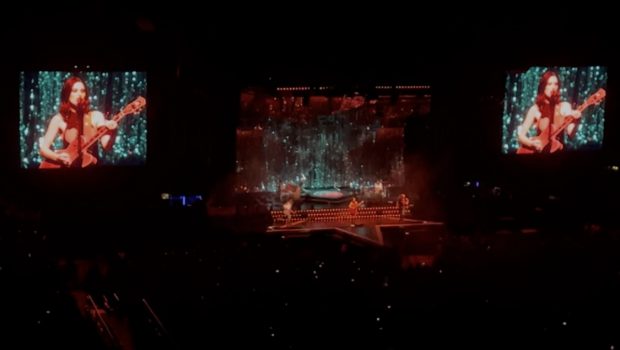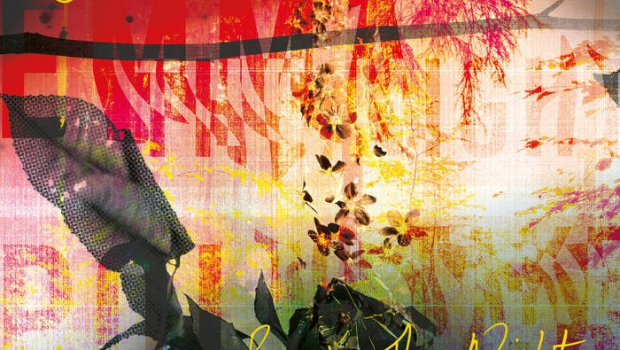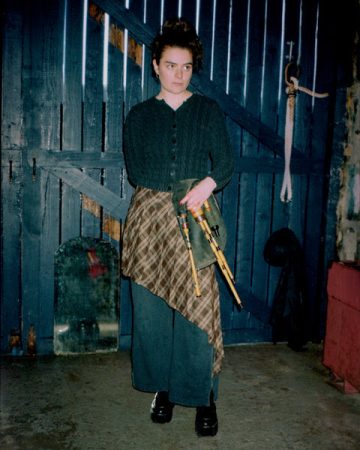 The third album from Scottish smallpipes player, Brighde Chaimbeul, is released on 27 June 2025. ‘Sunwise’ is a collection of original and traditional compositions that display the emotional power of the pipes. An artist who is open to collaboration, she has again worked with the saxophonist Colin Stetson on the record while she has also appeared on pop artist Caroline Polachek’s recent album. Her father and brother appear on ‘Sunwise’ which prompted me to ask about her early experiences of music at home.
The third album from Scottish smallpipes player, Brighde Chaimbeul, is released on 27 June 2025. ‘Sunwise’ is a collection of original and traditional compositions that display the emotional power of the pipes. An artist who is open to collaboration, she has again worked with the saxophonist Colin Stetson on the record while she has also appeared on pop artist Caroline Polachek’s recent album. Her father and brother appear on ‘Sunwise’ which prompted me to ask about her early experiences of music at home.
What are your first memories of hearing music?
My first memories of hearing music would probably be on radio nan gàidheal (gaidhlig radio) and then my older sisters playing their instruments.
Was music always being performed at home and had your family appeared on any recordings prior to your releases?
I have a big family and my siblings play music, so yes there was always some noise going on in the house but this is the first time I’ve had family on a release.
Did you play any instruments prior to the small pipes?
I played the piano and the Highland pipes, I also learned a bit of fiddle and harp.
I read that you won teenage piping contests. Could you tell us about the contests and what that entailed?
When I was younger, I took part in Highland bagpipe competitions which happened across the country at all times of the year. They entail many categories where you have to play different types of tunes. Sometimes you’d have to submit a selection of four to six tunes and then the judge requests one of them just before you go on to the stage, so it could be quite challenging at times. It’s a big part of the world of the Highland bagpipe whether it be solo competitions or pipe band competitions. You can compete as a child or all the way up to the quite prestigious adult competitions.
How did you go about choosing the traditional songs that would appear on ‘Sunwise’? Were you aiming for particular moods and themes?
This record follows the embrace of wintertime, it begins as the darkness starts to close in around us, when the cold sets in, and you feel the pull to turn inwards. I acknowledge the Cailleach (Bheur) who is a character from Gaelic folklore, who brought in the winter time and represents all that is associated with it, but I also looked at the customs of the season; gathering together for a ceilidh- the songs, tunes and stories told round the fire, where the boundaries between imagination and reality begin to blur.
Were the songs you composed written before or after you had chosen the other songs for the album? What was the approach to ensure the mood of the compositions complemented each other?
My compositions are intertwined with the traditional melodies and were so in the writing process. The album was made in the winter – I started writing and recording in November, so I was feeling the pull to turn inward myself and embrace the darker days. I was reading and listening to old stories associated with the wintertime and that was fuelling the feel of the album.
On both ‘Sunwise’ and ‘Carry Them With Us’, you have collaborated with Colin Stetson. How did that come about and can you tell us about the process of working together?
I first worked with Colin Stetson a few years ago when he asked me to record on a soundtrack he was composing. Since then, we played together at the Monheim Triennalle in Germany and then we recorded Carry Them With Us together in a week. The process of working with Colin is very exciting, I think both instruments together create an amazing sound and they blend seamlessly.
You have also appeared on Caroline Polachek’s latest album. How did you come to be working together and what were the challenges of working in a different genre?
Caroline contacted me to record on her track, Blood and Butter. She had heard my first album, The Reeling, and DMd me on Instagram. The main difference I feel comes in live performance, it’s more high energy and high production. I found it very fun, I learned a lot, and her audiences match and elevate that energy even more, so it creates a very electric atmosphere.
I can imagine the pipes being a physically and emotionally tough instrument to play. Do you have a process or warm up to prepare for performing?
The pipes are very much alive as an instrument, they’re made from wood and the reeds are made from cane, so it’s all natural materials. This means they’re very sensitive to humidity or temperature changes. This can be tough when I’m playing in a venue with air conditioning, for example, or if I’m moving around, travelling to places with very different climates. So my process is always taking care of the reeds, making sure they are at the optimum levels of humidity – dryness is the devil!! Because if the pipes are happy, then I’m happy.
In recent years, you have performed at festivals such as Supersonic and Le Guess Who? that are outside of traditional folk circles. What are the difficulties in terms of working in arenas that are perhaps not used to getting the sound right for your instrument and also playing a type of music that might not be familiar to your audience?
I have been working hard on my sound set up for the last year with my sound engineer. When I perform, I present the music and hope someone will feel a connection with it.
Have you had any kickback from your attempts to take the pipes into uncharted territory?
Not really, but I think when you listen to me, you want to be ready to feel a type of meditative state, to patiently let the sound take over the space, to sit in it and embrace it. The concern some people have is more about the fact that I don’t smile when I play??
Where are the best places online for keeping up to date with your activities?
Best place is probably Instagram, but you can also check my website and Facebook



